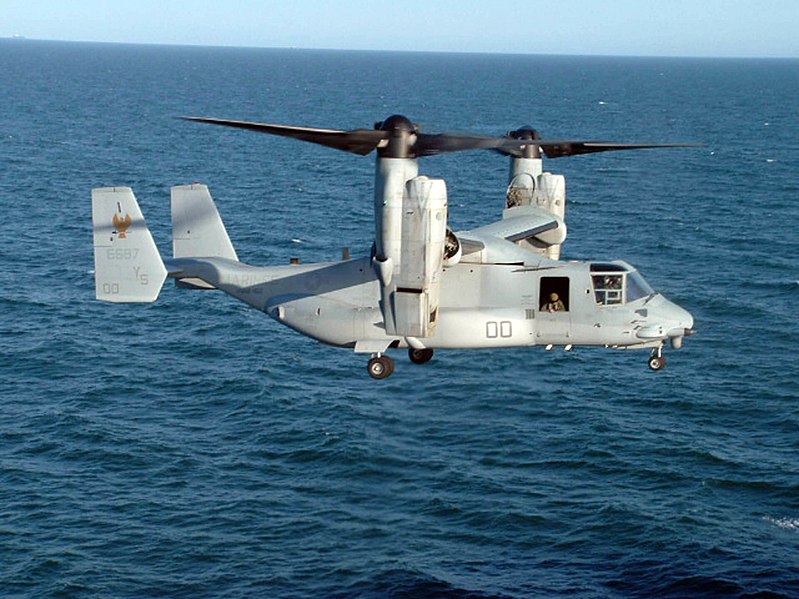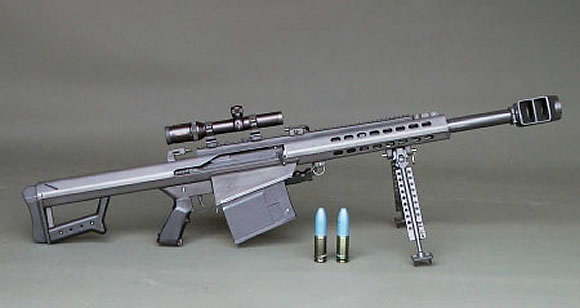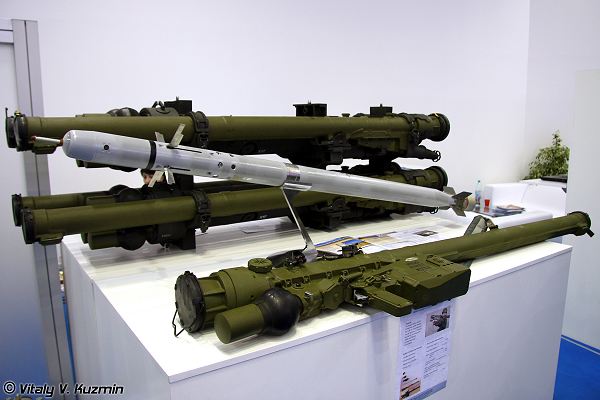
Advertisement

![]() by United NW Canada » Sat Nov 20, 2010 11:03 pm
by United NW Canada » Sat Nov 20, 2010 11:03 pm

![]() by United NW Canada » Sat Nov 20, 2010 11:05 pm
by United NW Canada » Sat Nov 20, 2010 11:05 pm

![]() by United NW Canada » Sat Nov 20, 2010 11:10 pm
by United NW Canada » Sat Nov 20, 2010 11:10 pm

![]() by United NW Canada » Sat Nov 20, 2010 11:13 pm
by United NW Canada » Sat Nov 20, 2010 11:13 pm

![]() by United NW Canada » Sat Nov 20, 2010 11:22 pm
by United NW Canada » Sat Nov 20, 2010 11:22 pm

![]() by United NW Canada » Sat Nov 20, 2010 11:33 pm
by United NW Canada » Sat Nov 20, 2010 11:33 pm

![]() by United NW Canada » Sat Nov 20, 2010 11:34 pm
by United NW Canada » Sat Nov 20, 2010 11:34 pm

![]() by United NW Canada » Sat Nov 20, 2010 11:36 pm
by United NW Canada » Sat Nov 20, 2010 11:36 pm


![]() by United NW Canada » Sat Nov 20, 2010 11:38 pm
by United NW Canada » Sat Nov 20, 2010 11:38 pm









![]() by United NW Canada » Sat Nov 20, 2010 11:54 pm
by United NW Canada » Sat Nov 20, 2010 11:54 pm

![]() by United NW Canada » Sat Nov 20, 2010 11:55 pm
by United NW Canada » Sat Nov 20, 2010 11:55 pm

![]() by United NW Canada » Sat Nov 20, 2010 11:55 pm
by United NW Canada » Sat Nov 20, 2010 11:55 pm

![]() by United NW Canada » Sat Nov 20, 2010 11:56 pm
by United NW Canada » Sat Nov 20, 2010 11:56 pm

![]() by United NW Canada » Sat Nov 20, 2010 11:56 pm
by United NW Canada » Sat Nov 20, 2010 11:56 pm

![]() by United NW Canada » Sat Nov 20, 2010 11:58 pm
by United NW Canada » Sat Nov 20, 2010 11:58 pm

![]() by United NW Canada » Sat Nov 20, 2010 11:58 pm
by United NW Canada » Sat Nov 20, 2010 11:58 pm

![]() by United NW Canada » Sat Nov 20, 2010 11:59 pm
by United NW Canada » Sat Nov 20, 2010 11:59 pm


![]() by United NW Canada » Sat Nov 20, 2010 11:59 pm
by United NW Canada » Sat Nov 20, 2010 11:59 pm


![]() by United NW Canada » Sun Nov 21, 2010 12:00 am
by United NW Canada » Sun Nov 21, 2010 12:00 am

![]() by United NW Canada » Sun Nov 21, 2010 12:01 am
by United NW Canada » Sun Nov 21, 2010 12:01 am




![]() by United NW Canada » Sun Nov 21, 2010 12:01 am
by United NW Canada » Sun Nov 21, 2010 12:01 am

![]() by United NW Canada » Sun Nov 21, 2010 12:01 am
by United NW Canada » Sun Nov 21, 2010 12:01 am



![]() by United NW Canada » Sun Nov 21, 2010 12:02 am
by United NW Canada » Sun Nov 21, 2010 12:02 am

![]() by United NW Canada » Sun Nov 21, 2010 12:03 am
by United NW Canada » Sun Nov 21, 2010 12:03 am

![]() by United NW Canada » Sun Nov 21, 2010 12:57 am
by United NW Canada » Sun Nov 21, 2010 12:57 am
Advertisement
Return to Global Economics and Trade
Users browsing this forum: Anonymegg, LFPD Soveriegn
Advertisement